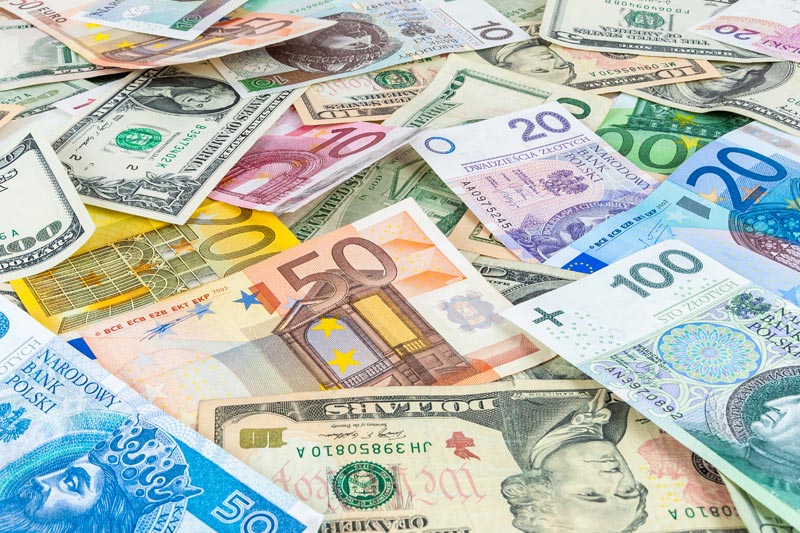Investing.com - The Australian dollar traded lower against its U.S. rival during Thursday’s Asian session following the release of trade balance data down under.
In Asian trading Thursday, AUD/USD fell 0.10% to 0.9166. The pair was likely to find support at 0.8972, Tuesday's low and resistance at 0.9233, the high of August 19.
In a report, the Australian Bureau of Statistics said that Australia’s trade balance fell to AUD-770 million last month from AUD240 million in July. The July reading was revised lower from AUD600 million. Analysts expected an August reading of AUD50 million.
The trade balance data comes a day after official data showed that Australia's gross domestic product expanded by 0.6% in the second quarter, in line with expectations, following a downwardly revised 0.5% expansion in the three months to March.
The greenback was supported somewhat after the Federal Reserve’s Beige Book report released during Wednesday’s U.S. session showed a moderate and improving pace of economic growth across all 12 Fed regions.
In other U.S. economic news, the U.S. Commerce Department reported that the U.S. trade deficit widened more than expected in July, hitting USD39.1 billion from a downwardly revised USD34.5 billion deficit in June, mainly due to improving imports.
Elsewhere, MacNeill Curry, head of foreign-exchange and interest-rates technical strategy at Bank of America Merrill Lynch said the Aussie may rise to 94.07 U.S. cents, according to Bloomberg. However, Currry warned that AUD/USD could fall as low as 80.66 after completing what is known as an inverse head and shoulders pattern.
Meanwhile, AUD/JPY fell 0.14% to 91.37 while AUD/NZD lost 0.11% to 1.1603.
In Asian trading Thursday, AUD/USD fell 0.10% to 0.9166. The pair was likely to find support at 0.8972, Tuesday's low and resistance at 0.9233, the high of August 19.
In a report, the Australian Bureau of Statistics said that Australia’s trade balance fell to AUD-770 million last month from AUD240 million in July. The July reading was revised lower from AUD600 million. Analysts expected an August reading of AUD50 million.
The trade balance data comes a day after official data showed that Australia's gross domestic product expanded by 0.6% in the second quarter, in line with expectations, following a downwardly revised 0.5% expansion in the three months to March.
The greenback was supported somewhat after the Federal Reserve’s Beige Book report released during Wednesday’s U.S. session showed a moderate and improving pace of economic growth across all 12 Fed regions.
In other U.S. economic news, the U.S. Commerce Department reported that the U.S. trade deficit widened more than expected in July, hitting USD39.1 billion from a downwardly revised USD34.5 billion deficit in June, mainly due to improving imports.
Elsewhere, MacNeill Curry, head of foreign-exchange and interest-rates technical strategy at Bank of America Merrill Lynch said the Aussie may rise to 94.07 U.S. cents, according to Bloomberg. However, Currry warned that AUD/USD could fall as low as 80.66 after completing what is known as an inverse head and shoulders pattern.
Meanwhile, AUD/JPY fell 0.14% to 91.37 while AUD/NZD lost 0.11% to 1.1603.
